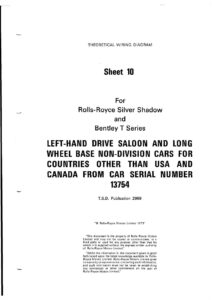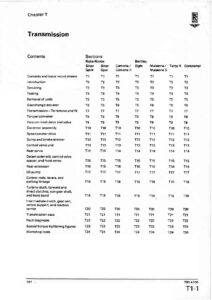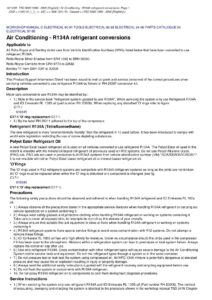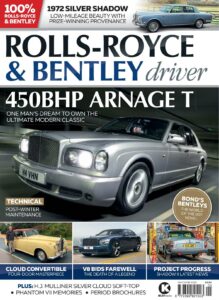Introduction
The Rolls-Royce Hydromantic transmission was first introduced in 1952, based on the General Motors’ Hydromatic transmission.
History
The Hydromatic transmission was originally developed by General Motors in the United States and was launched in 1939. Rolls-Royce acquired the license to build the transmission with modifications to suit their post-war chassis.
Operation
The transmission consists of a fluid coupling, three epicyclic gear trains, and a valve block that controls the gear changes. The transmission uses hydraulic pressure to engage and disengage the clutches and brake bands.
Features and Benefits
The Hydromatic transmission is known for its robust construction, smooth operation, and ability to handle high engine torque. It was a huge success in the US market and was also supplied to other manufacturers, including British Motor Corporation and Armstrong Siddeley.
Maintenance and Overhaul
The transmission is designed to be reliable and long-lasting, with many cars still running on their original transmissions. Minor fluid leaks are common, but can be managed with regular maintenance. Modern transmission fluid and oil seals have improved the transmission’s performance and reduced wear.
Manual:
Download: Rolls-Royce Hydromantic Transmission Manual
Chat: Powered By VoiceSphere






